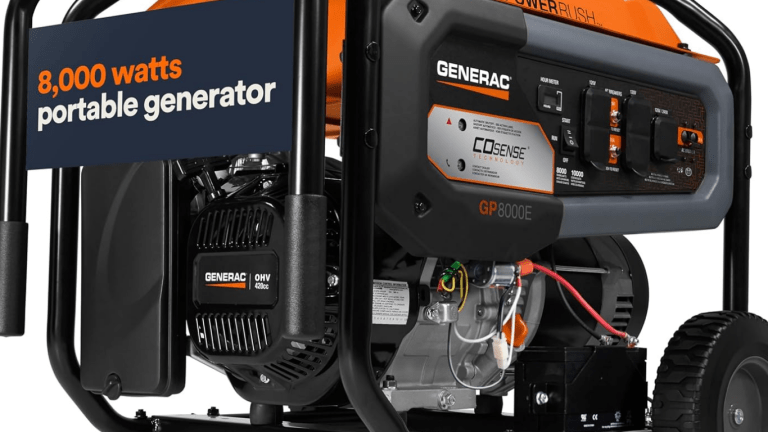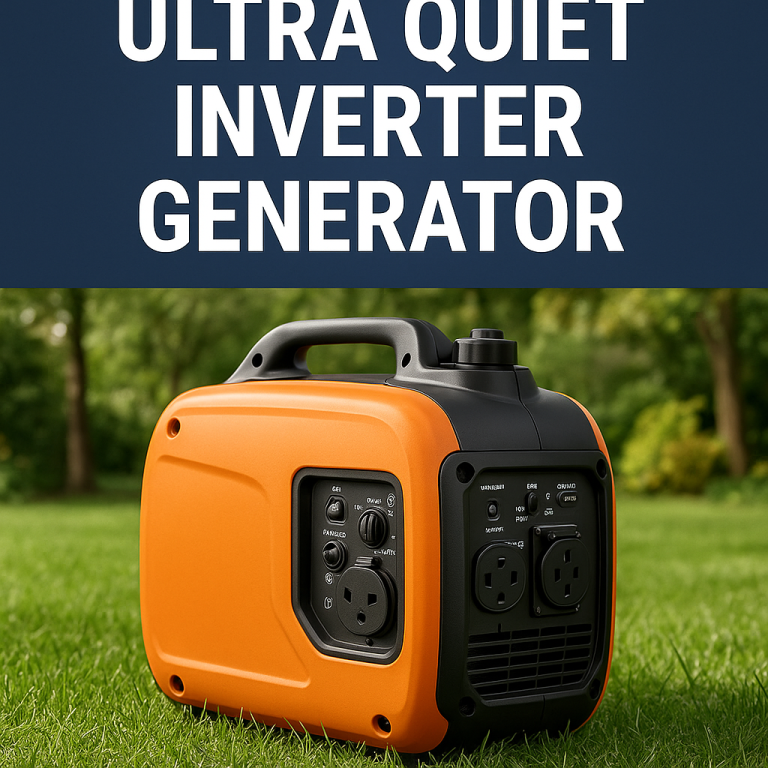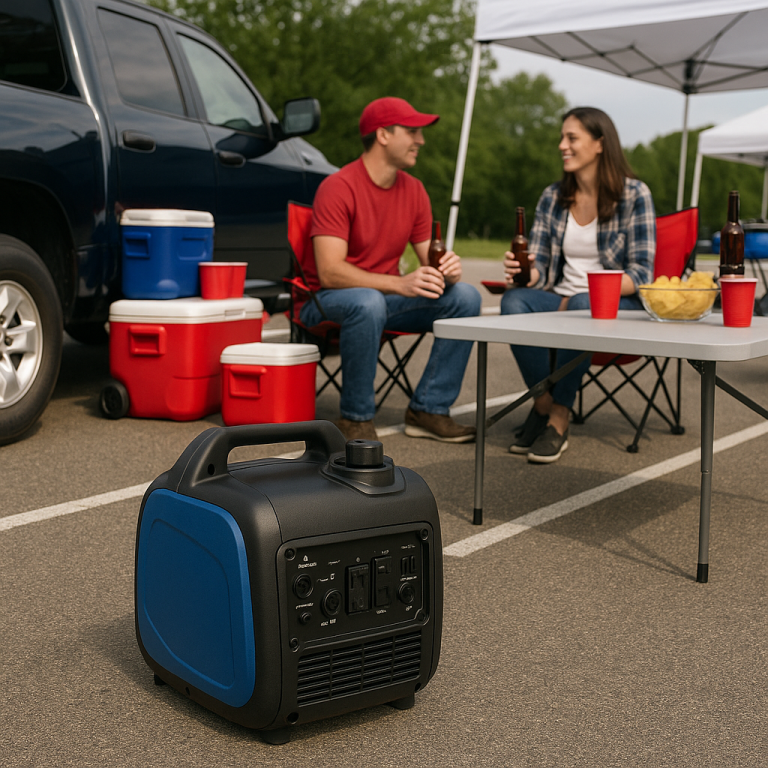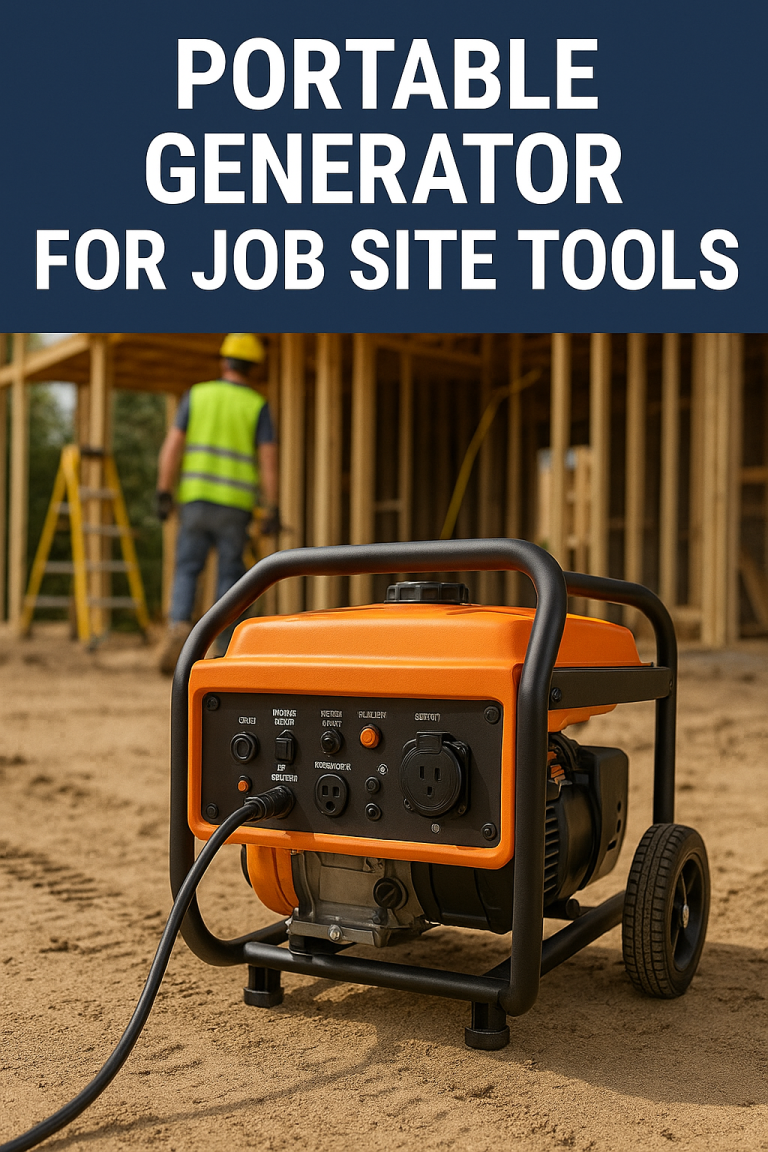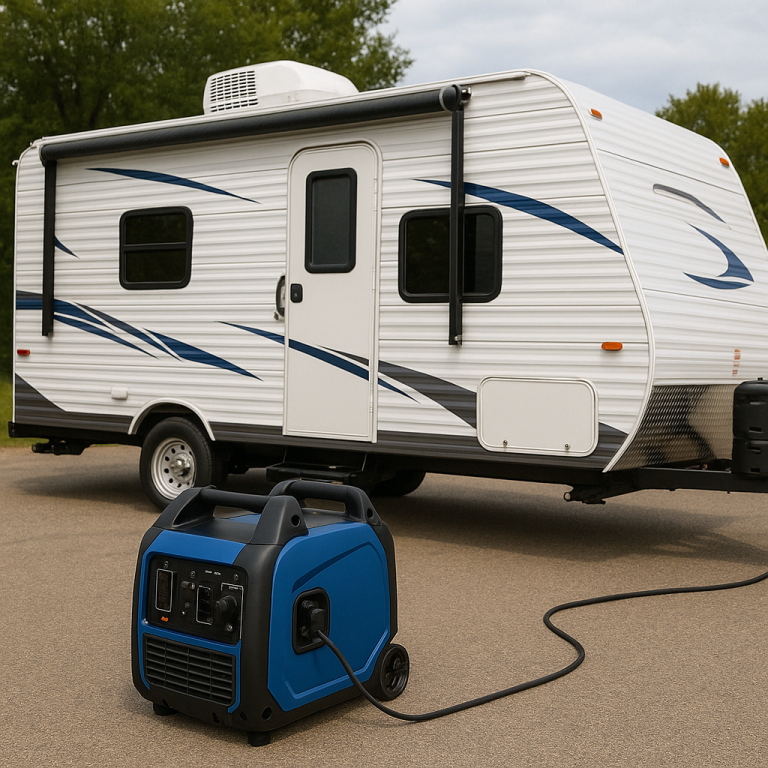Generator to Run Refrigerator and Lights – A Reliable Power Backup Guide
If you’ve ever experienced a sudden power outage, you know how quickly it can disrupt your daily routine. Your refrigerator stops running, lights go out, and you’re left scrambling to protect your food and maintain some sense of normalcy. That’s why many people are now investing in a generator to run a refrigerator and lights — a simple, cost-effective solution that keeps the essentials powered when the grid goes down.
In this guide, you’ll learn how to choose the right generator for this specific need, how much power you actually require, and what features make all the difference when reliability matters most.
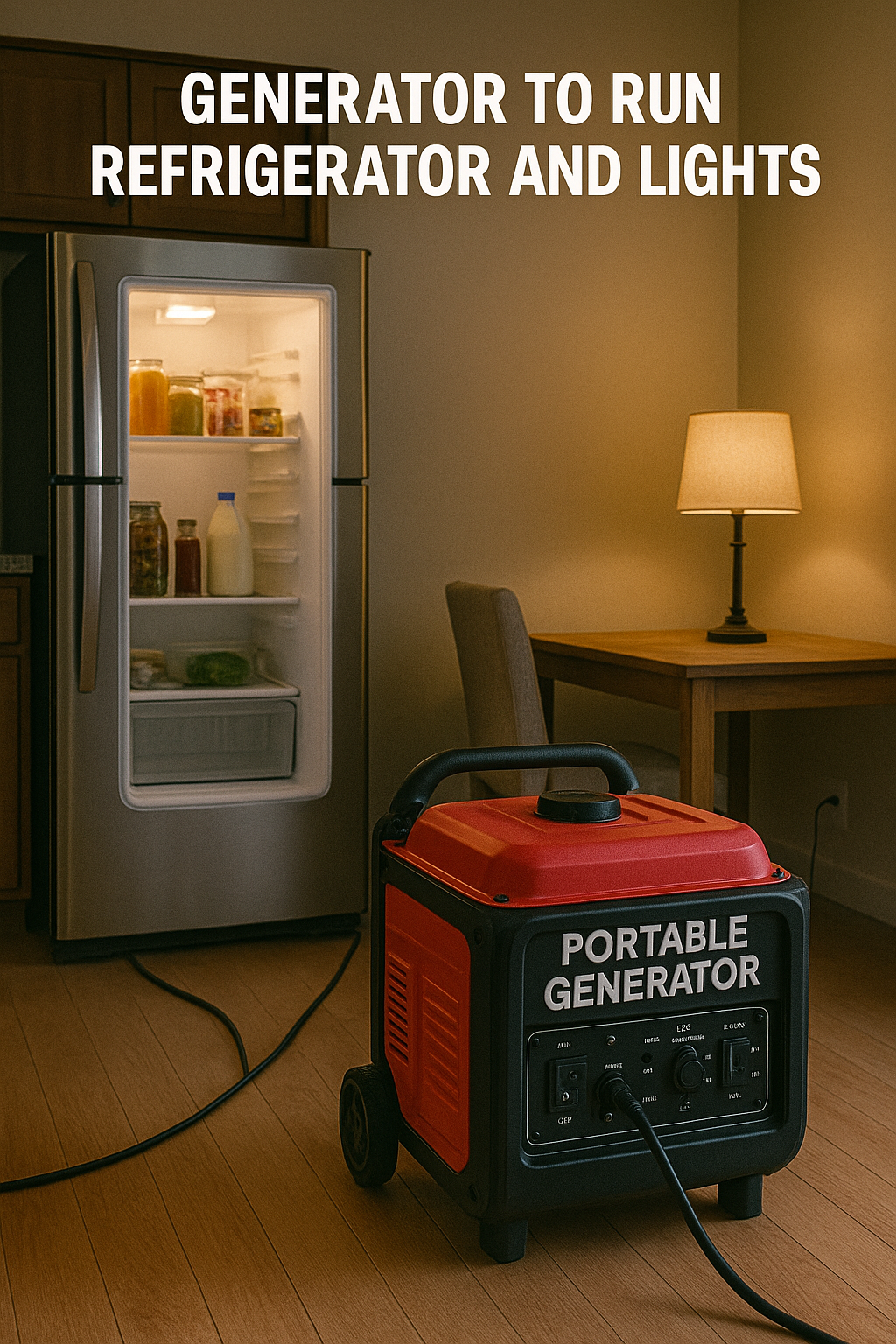
Why Focus on a Generator for Just Refrigerator and Lights?
When the power goes out, you don’t always need a massive generator to run your whole house. In many cases, keeping just your fridge running and a few essential lights on is enough to get through short to medium-term outages.
Here’s why this approach is smart:
- It covers critical food preservation needs — preventing spoilage and waste.
- It maintains basic lighting for safety and comfort at night.
- It reduces the size and cost of the generator compared to whole-home models.
- It’s easier to manage fuel or battery use for smaller loads.
A generator dedicated to running your refrigerator and lights strikes the perfect balance between affordability, simplicity, and reliability.
How Much Power Do You Need to Run a Refrigerator and Lights?
Understanding your wattage needs is the first step in selecting the right generator. A typical home refrigerator uses between 600 and 800 running watts, but it may spike up to 1200–1500 watts at startup. This is known as surge wattage, and your generator must be able to handle that brief demand.
For lighting, if you’re using energy-efficient LED bulbs, they consume very little power. You could power five or six LED light bulbs with as little as 50 to 100 watts.
So, for both a refrigerator and several lights, your generator should provide:
- At least 1500 to 2000 starting watts
- Around 800 to 1000 running watts
This gives you enough overhead to run both without overloading the system, and even leaves a bit of extra power for charging a phone or running a fan.
What Type of Generator Is Best for This Setup?
There are a few different types of generators to consider, depending on your preferences and situation.
Portable Inverter Generators
These are among the most popular choices for home backup use. Inverter generators provide clean, stable power, which is safer for sensitive electronics and appliances. They’re also fuel-efficient, quiet, and typically compact.
If you’re looking for a reliable generator that can quietly keep your refrigerator and lights running during an outage, a 2000 to 3000-watt inverter generator is a solid choice.
Conventional Portable Generators
These tend to be more affordable and offer higher power output, but they are louder and less efficient than inverter models. If noise isn’t a major concern and you want to power a bit more than just the fridge and lights, this could be an option. However, be mindful of fuel usage and safe placement outdoors.
Dual-Fuel Generators
These run on both gasoline and propane, giving you more fuel flexibility during emergencies. If you’re planning for long-term outages or want to avoid relying solely on gasoline, dual-fuel is a smart choice.
Key Features to Look for
When choosing a generator for your refrigerator and lights, these features will make your life easier and your generator more effective:
Electric Start
Skip the pull cord. An electric start lets you fire up the generator with the press of a button — a big plus in bad weather or late at night.
Low THD Power Output
If you’re running newer appliances, you want clean electricity. Look for a generator with low total harmonic distortion (THD), which helps prevent damage to electronics and prolongs appliance life.
Quiet Operation
You don’t want a generator that roars like a chainsaw in your backyard. Choose one that runs under 60 decibels for a quieter experience — especially helpful if you live in a neighborhood or plan to run it overnight.
Fuel Efficiency and Eco Mode
The less fuel you burn, the longer your generator lasts during an outage. Inverter models often come with eco mode, which automatically adjusts the engine speed based on the load. This improves fuel efficiency and reduces noise.
Portability
Choose a generator with built-in wheels and a handle so you can easily move it to a safe outdoor location. Portability also helps if you need to store the generator when not in use or transport it elsewhere.
Tips for Using a Generator to Power a Fridge and Lights
Getting the right generator is only half the equation. Proper setup and use ensure safety, efficiency, and longevity.
Use a Heavy-Duty Extension Cord
Don’t use flimsy indoor cords. A heavy-duty outdoor-rated extension cord is essential for safely connecting your refrigerator and lighting to the generator.
Let the Fridge Cycle Naturally
Refrigerators don’t run constantly. They cycle on and off to maintain temperature. If you’re running a small generator, take advantage of those off-cycles to power other essentials like a phone charger or a small fan.
Store Fuel Safely
If using a gasoline generator, always keep fresh fuel on hand in approved containers. Store it in a cool, ventilated place, and add a fuel stabilizer to extend shelf life.
Never Run Indoors
It might seem obvious, but never operate a fuel-powered generator inside your home, garage, or any enclosed space. Always run it outdoors, away from windows and doors, to avoid carbon monoxide buildup.
Test Before You Need It
Don’t wait for the power to go out. Test your generator setup in advance. Plug in your refrigerator and lights, monitor performance, and get comfortable starting and operating the unit.
What Else Can You Run on This Type of Generator?
Once you’ve secured your refrigerator and lights, you might find you have some extra capacity. Depending on your generator’s wattage, you may also be able to power:
- A TV or radio to stay informed
- A phone or laptop charger
- A small fan or space heater (watch the wattage!)
- A coffee maker or kettle
Just remember to keep your total wattage below the generator’s rated output, especially when starting new devices that have surge loads.
Final Thoughts: Stay Prepared with a Dependable Backup Plan
A generator to run your refrigerator and lights may seem like a small setup, but it can make a huge difference during a power outage. You’ll protect your food, maintain visibility, and preserve a sense of normal life — even when the grid fails.
Here’s what to remember:
- Choose a portable generator with at least 2000 starting watts
- Look for features like quiet operation, clean power, and fuel efficiency
- Prepare your extension cords and fuel supply in advance
- Practice safe operation and regular testing
The next time the lights go out, you’ll be ready — not in the dark.

